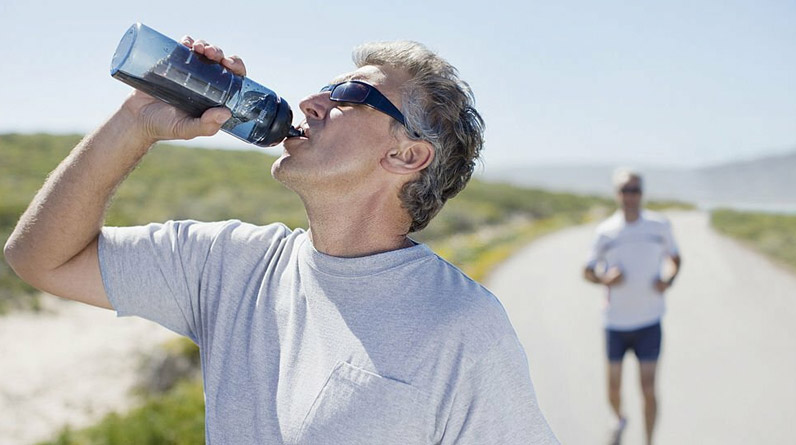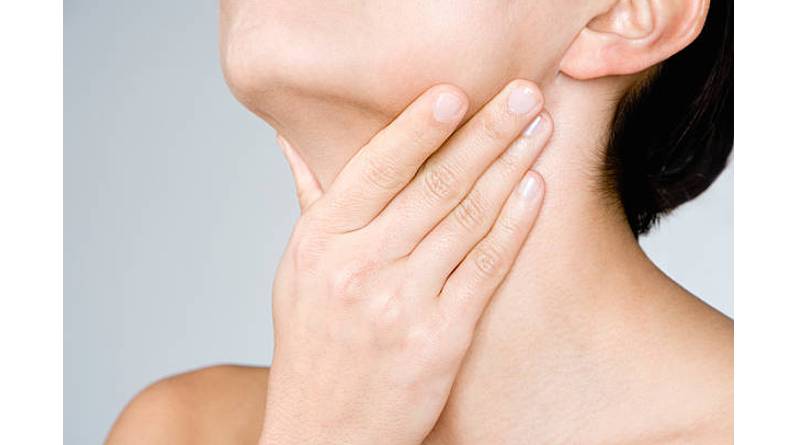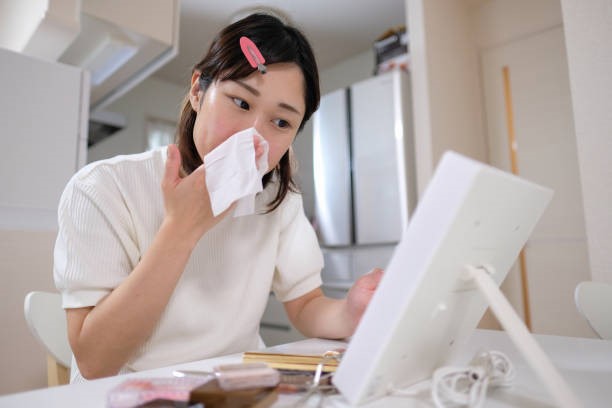
Staying hydrated is an essential part of maintaining good health. Proper hydration helps the body regulate temperature, transport nutrients, and remove waste. Despite its importance, many people struggle to drink enough water throughout the day. In this article, we will explore tips to improve daily hydration and help you reach your recommended daily intake of fluids.
One common recommendation for daily water intake is 64 ounces (1,920 ml), or 8 cups. However, this may not be accurate for everyone, as fluid needs can vary depending on factors such as age, sex, activity level, and climate. Mayo Clinic recommends that men consume about 3.7 liters (125 ounces) of fluids per day, while women should aim for 2.7 liters (91 ounces). It’s important to note that these daily fluid recommendations include all fluids, including beverages like coffee, tea, milk, juice, and even foods with high water content.
If you struggle to drink enough water throughout the day, there are several tips you can try to improve your daily hydration. These include carrying a water bottle with you throughout the day, flavoring your water with fruits or herbs, setting reminders to drink water at regular intervals, and consuming water-rich foods like fruits and vegetables. By incorporating these tips into your daily routine, you can improve your hydration and support your overall health and well-being.
Understanding Hydration The Role of Water in the Body
Water is an essential nutrient that is required for various body functions. It makes up about 60% of the body weight and is necessary for digestion, absorption, transportation, and elimination of waste products. Water also helps regulate body temperature and lubricates joints.
The body loses water through sweating, urination, and breathing. Therefore, it is important to replenish the body’s water supply by drinking fluids and eating foods that contain water.
Signs of Dehydration
Dehydration occurs when the body loses more water than it takes in. It can happen when a person doesn’t drink enough water, loses too much water through sweating or urination, or a combination of both.
Some common signs of dehydration include:
- Thirst
- Dry mouth and throat
- Dark yellow urine
- Fatigue
- Dizziness or lightheadedness
- Headache
- Dry skin
In severe cases, dehydration can lead to heat exhaustion or heatstroke, which can be life-threatening. Therefore, it is important to stay hydrated by drinking enough water and other fluids throughout the day.
Remember, the daily fluid recommendations include all fluids, including beverages like coffee, tea, milk, juice, etc. Therefore, it is possible to meet your hydration goals by consuming a variety of fluids throughout the day.
Practical Hydration Tips Setting Daily Water Intake Goals
One practical tip to improve daily hydration is to set goals for daily water intake. The Institute of Medicine recommends that men consume about 3.7 liters (125 ounces) of water per day and women consume about 2.7 liters (91 ounces) of water per day. However, this recommendation may vary depending on factors such as age, weight, and activity level. Therefore, it is recommended to consult with a healthcare professional to determine the appropriate daily water intake goal.
Once the daily water intake goal is set, it can be helpful to keep track of water consumption throughout the day. This can be done by using a water bottle with measurements or by using a hydration app. By monitoring water intake, individuals can ensure that they are meeting their daily water intake goals.
Adding Minerals and pH Water
Another practical tip to improve daily hydration is to add minerals and pH water to one’s diet. According to a study published in the Journal of the International Society of Sports Nutrition, adding minerals to water can improve hydration status during exercise. Additionally, drinking water with a higher pH level may help neutralize acid in the body and improve hydration.
There are several ways to add minerals and pH water to one’s diet. One way is to add a pinch of sea salt to a glass of water. Another way is to drink mineral water, which naturally contains minerals such as magnesium and calcium. Additionally, there are several brands of pH water available for purchase at grocery stores.
By setting daily water intake goals and adding minerals and pH water to one’s diet, individuals can improve their daily hydration.
Innovative Hydration Strategies Using Technology to Track Intake
In today’s digital age, technology can be a useful tool in helping people track their daily water intake. There are apps available that can help you monitor your hydration levels and remind you to drink water throughout the day. Some of these apps even allow you to set goals and track your progress over time. By using technology to track your hydration, you can stay on top of your water intake and ensure that you are meeting your daily needs.
Hydration Accessories
In addition to using technology, there are also hydration accessories available that can help you stay hydrated throughout the day. One such accessory is a water bottle that tracks your water intake and reminds you to drink more water. These bottles are designed to be stylish and functional, making them a great addition to your daily routine. Another accessory that can help you stay hydrated is a water filter. By using a water filter, you can ensure that the water you are drinking is clean and free from harmful contaminants.
Overall, there are many innovative strategies that can help you improve your daily hydration. By using technology and hydration accessories, you can stay on top of your water intake and ensure that you are meeting your daily needs.






